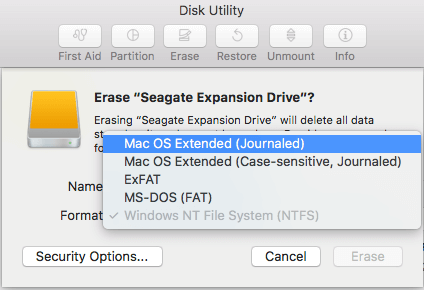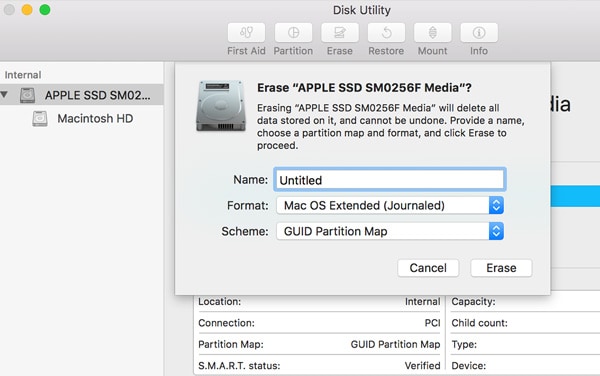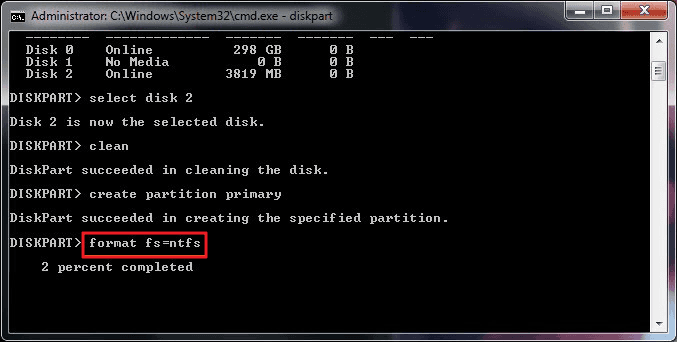

With the 2017 advent of the High Sierra version of Mac OSX, Apple introduced a new file system.

There’s a fourth Mac OS Extended formatting option that combines all three of the aforementioned quirks for those who want it all: “Mac OS Extended – Case-sensitive, Journaled and Encrypted.” APFS That means a file named “john_smith_portrait.jpg” and the file “John_Smith_Portrait.jpg” could exist separately side by side.

Unlike the standard in the Mac universe, “Mac OS Extended-Case-sensitive” adds another layer of specificity to file and folder names based on capitalization. “Mac OS Extended-Encrypted” uses password-protected encryption to secure the data on individual disk partitions. For several years, the Mac formatting standard has been “Mac OS Extended-Journaled,” which helps prevent corrupted data in case of power outage, improper ejection or drive failures. There is no filesystem that will be ideal for all operating systems, as they were all built differently.There are actually a few subcategories in the Mac OS Extended family, which can be selected when formatting a drive in Mac’s Disk Utility. You have to ask yourself, do I need to use those characters, or do I need individual file sizes to be higher than 4GB each. The following reserved characters are forbidden on NTFS files/names: (greater than) Only problem with NTFS is that it does not allow the following characters, which can be a problem on Linux and OSX, but obviously not on Windows:

It also has very limited permission and ACL support for those who need to isolate different users from certain files. ExFAT has no file system-level encryption or compression support, and, like FAT32 before it, there is no journaling built into the exFAT file system. The problem with ExFat (even though others suggested it, is the 4GB file size limit. NTFS is the most reliable of the three file systems because it is journaled. However, Mac OS has poor NTFS write support. You'd probably have to purchase the Paragon NTFS driver. See How-To Geek: How to Write to NTFS Drives on a Mac. If you add phones to the mix, you'll have to use FAT32 or exFAT. As long as you don't hit the file size limit of FAT32, they're pretty much the same. However, I would not use a drive formatted with FAT32 or exFAT for anything that isn't transient or unimportant. I recently had problems with both file systems on camera SD cards that required reformatting to fix. I don't even want to think about having the same issues with a 2TB hard drive. While you can fix minor problems on all three file systems with fsck, you will have to use MS Windows to fix anything major. Consider splitting the drive into two partitions. A large NTFS partition for data that is more stable, as well as read/write on Windows and Linux. A small exFAT partition to copy files from Mac OS.įAT32. Read/write on all three systems. Not journaled. File size < 4G.ĮxFAT. Read/write on all three systems. Not journaled.


 0 kommentar(er)
0 kommentar(er)
